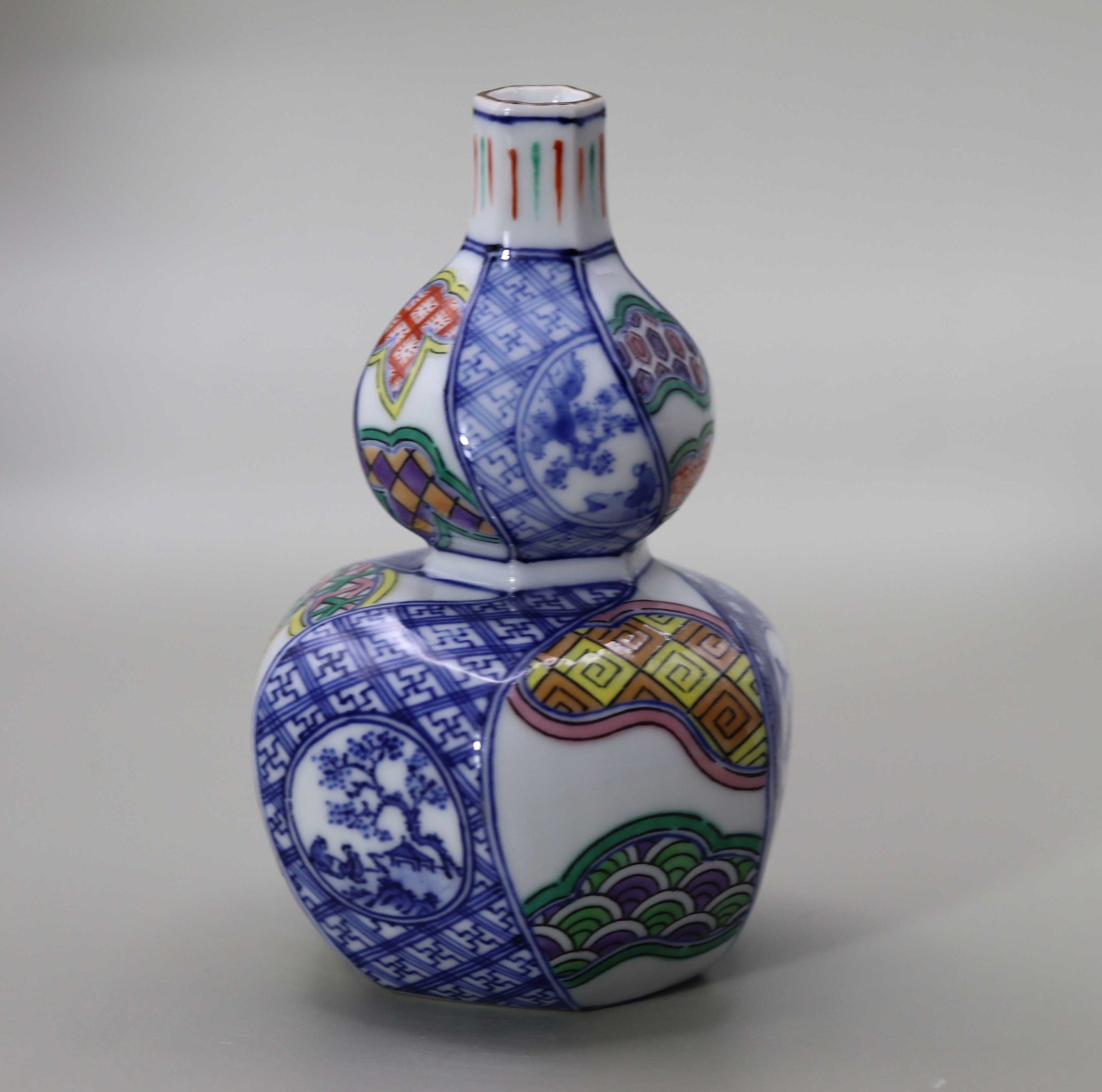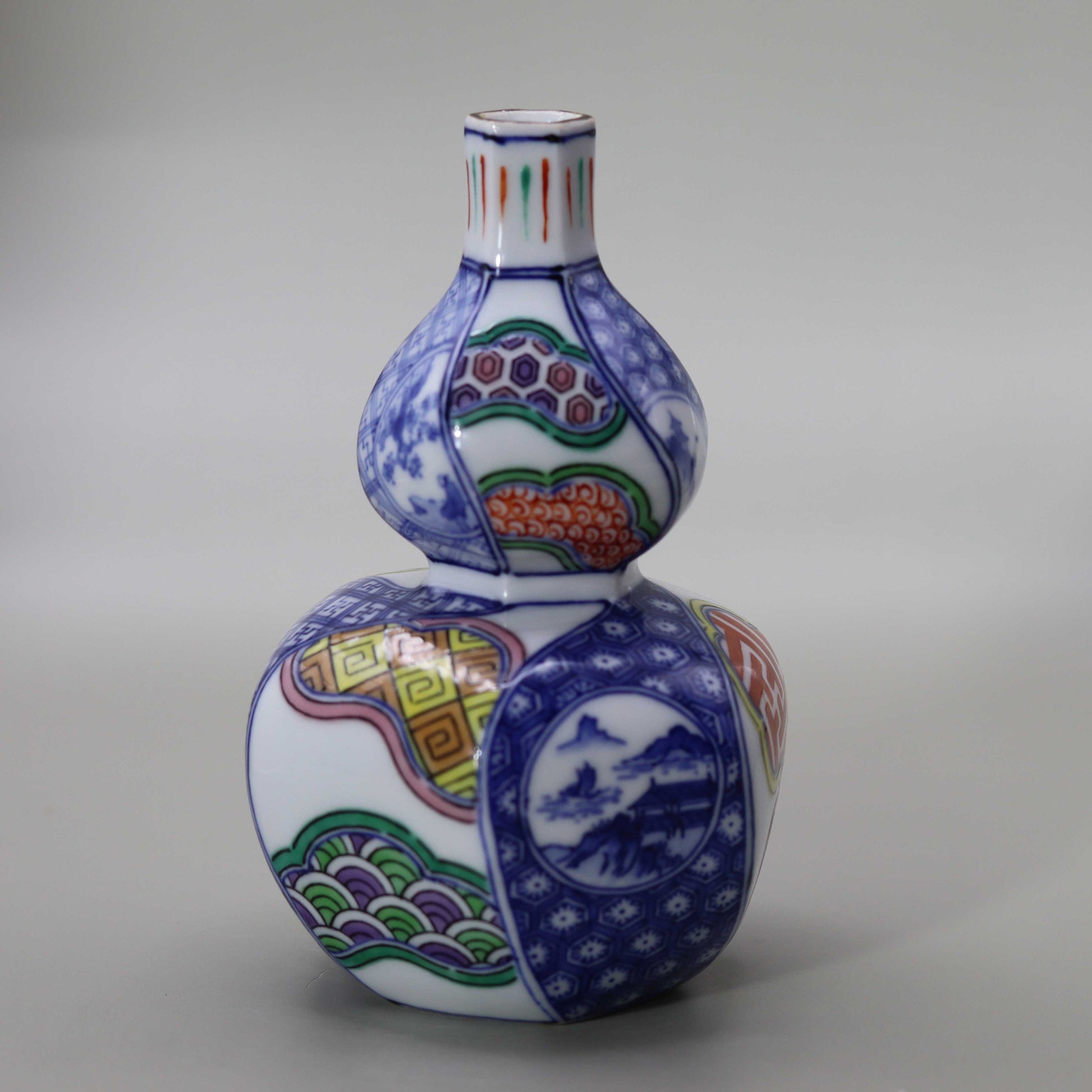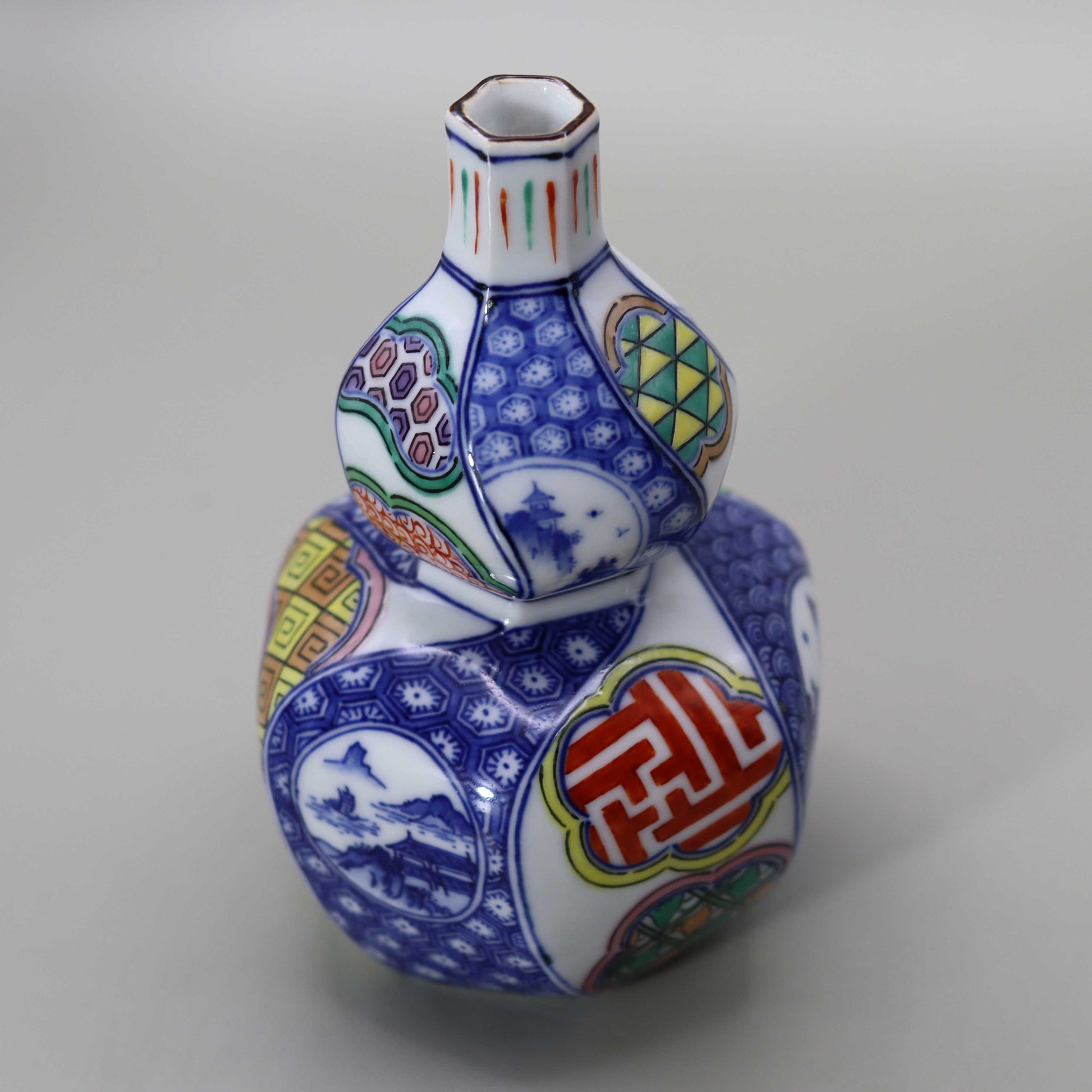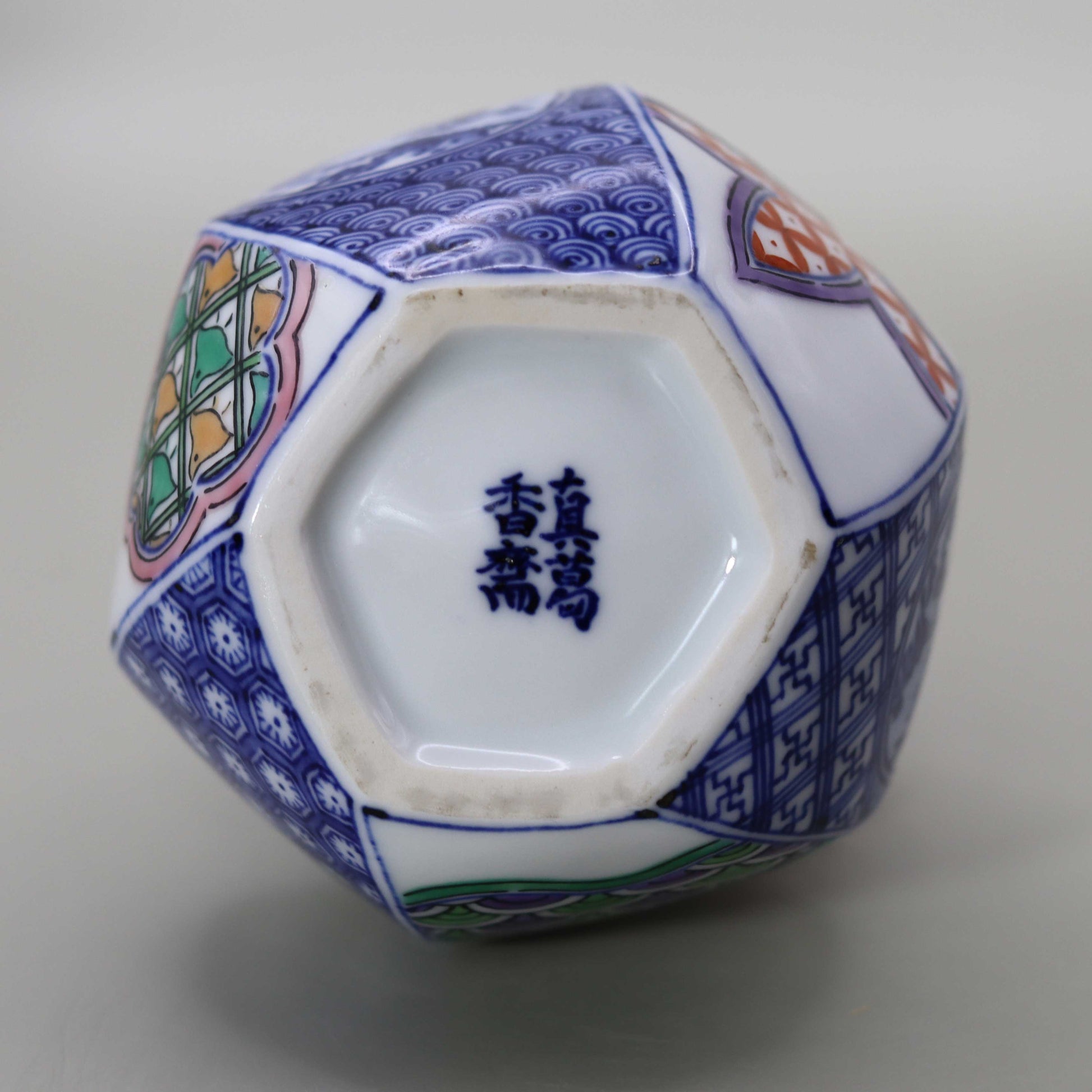color painting of auspicious pine, bamboo and plum tokkuri by Kosai Miyagawa
color painting of auspicious pine, bamboo and plum tokkuri by Kosai Miyagawa
Couldn't load pickup availability
Height: 13.0cm Width: 8.5cm
The "Colored Shozui Shochikubai Tokkuri" is a beautiful tokkuri created by Miyagawa Kosai that reflects the traditions of Kyoto ware. This piece was created based on a technique called Shozuide, which imitates the blue and white porcelain (dyed and painted with blue and white paint) that was fired in China at the end of the Ming dynasty. This tokkuri is a colored version of Shozuide, and the contrast between the colorful alternating patterns of pine, bamboo, and plum and the background pattern painted with gosu is ingeniously harmonious. The combination of pine, bamboo, and plum is a symbol of good fortune in Japan, and has been widely used on happy occasions and celebratory occasions.
The Meaning and Symbolism of Pine, Bamboo, and Plum
Pine, bamboo, and plum were introduced from China as the "Three Friends of Winter," with pine as an evergreen tree that represents immortality and longevity, bamboo as a symbol of perseverance and growth because it grows straight despite having knots and is resistant to breaking, and plum as a symbol of purity and hope because it blooms in the cold. The combination of these three plants is widely used in Japan, especially at celebratory occasions and as gifts, and is popular as an auspicious motif.
The history and origin of the word "sake bottle"
Tokkuri is a traditional sake vessel used to pour sake, which is said to have first appeared in the latter half of the Muromachi period. There are several theories about the origin of the word tokkuri, including the Korean word "dokkuru" (a sake jar) and the sound of "tok tok" made when pouring sake. This "Colored Auspicious Pine, Bamboo, and Plum Tokkuri" has particularly outstanding beauty of form and design among tokkuri, and exudes a gentle and elegant atmosphere. The flow created by its shape when pouring sake and the beautiful design that emerges every time sake is poured add a touch of elegance to a drinking party.
Traditional techniques of Makuzu ware
Among Kyoto ware, Makuzu ware is known for being a pottery with a particularly rich variety of techniques, including Ninsei copy, Kenzan copy, overglaze painting, blue and white porcelain, iron painting, and gold lining. Miyagawa Kosai has used these techniques to create a wide variety of works that are in tune with the times. In particular, this "Iroe Shozui Shochiku Ume Tokkuri" is a masterpiece that harmonizes the various techniques of Makuzu ware, and is an elegant piece that combines the delicacy of the color painting with the elegance of the blue and white porcelain.
History and influence of the Miyagawa family
The history of pottery in the Miyagawa family dates back to around 1680, the early Edo period, and continues with a long tradition that began with the first Miyagawa Kobee Masakazu, who began making pottery in Kyoto. Generations of pottery have been made in keeping with the times, and many excellent pieces have been produced up to the present day, with a focus on tea ceremony and sencha tea utensils. While rooted in Kyoto, the Miyagawa family has spread their techniques and beauty around the world, and has gained recognition both at home and abroad, especially as tea ceremony ceramic artists.
Overseas evaluation and outlook
Recently, the works of the Miyagawa Kosai family of Makuzu ware have attracted many fans overseas, including in the United States, the United Kingdom, France, and China. The gorgeous and elegant designs and works that make full use of traditional Japanese techniques are highly regarded across borders. The "Colored Auspicious Pine, Bamboo, and Plum Tokkuri" also embodies that tradition and is one of the works that is loved by many people both in Japan and abroad. Miyagawa Kosai's works inherit Japanese beauty while also having an appeal that resonates with modern sensibilities. Their elegant and refined beauty will surely continue to be loved by many people in the future.
Share
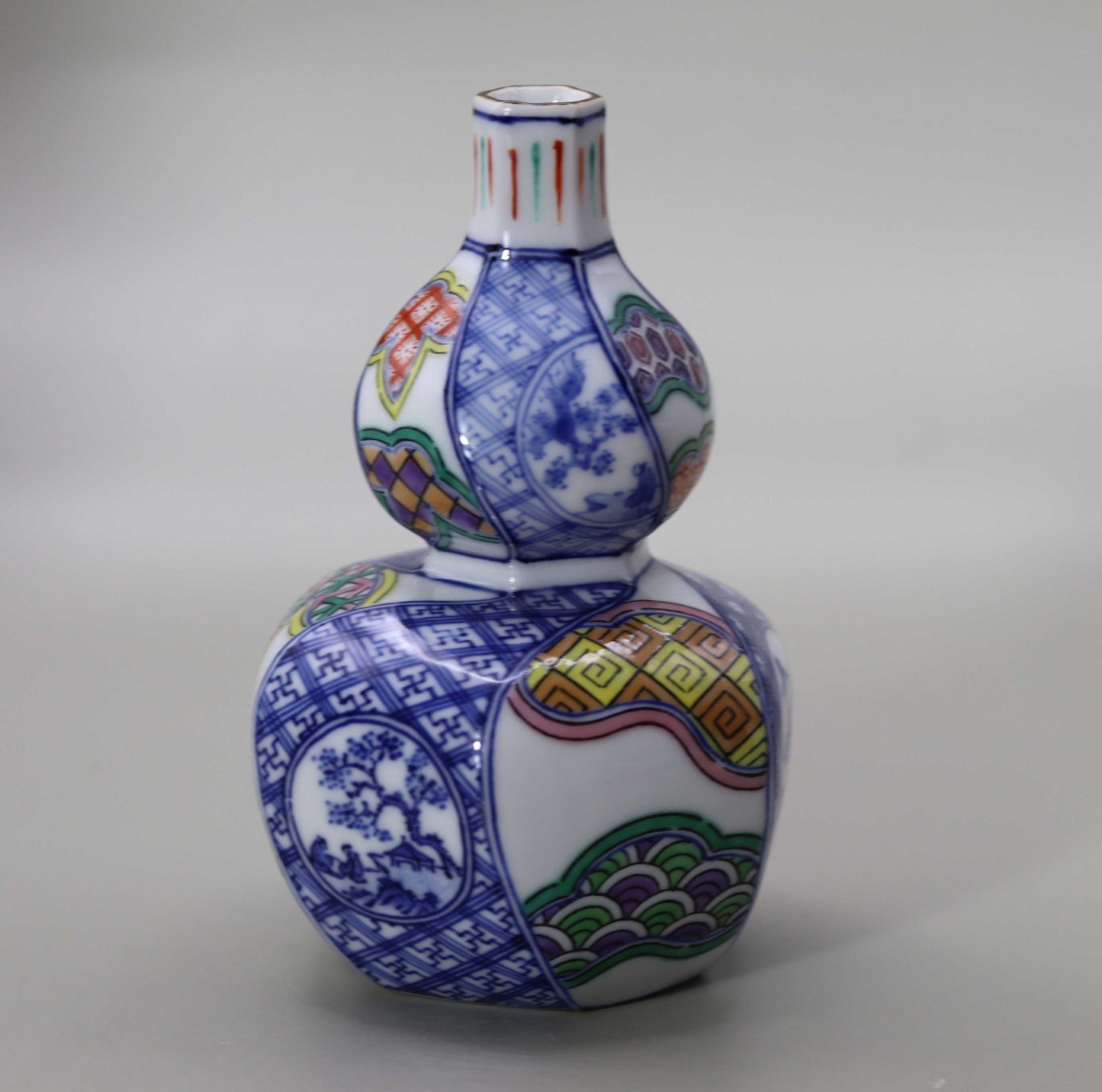
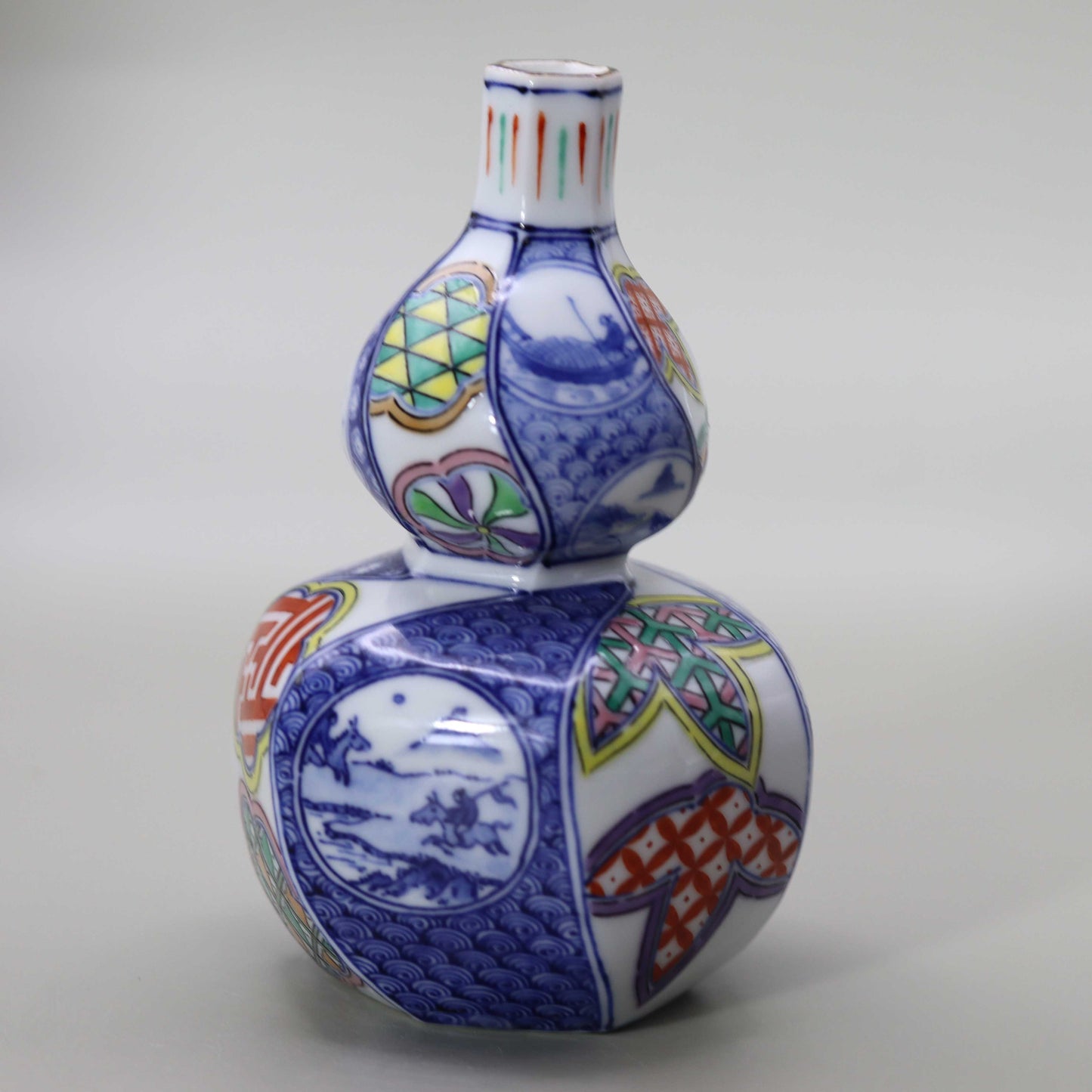
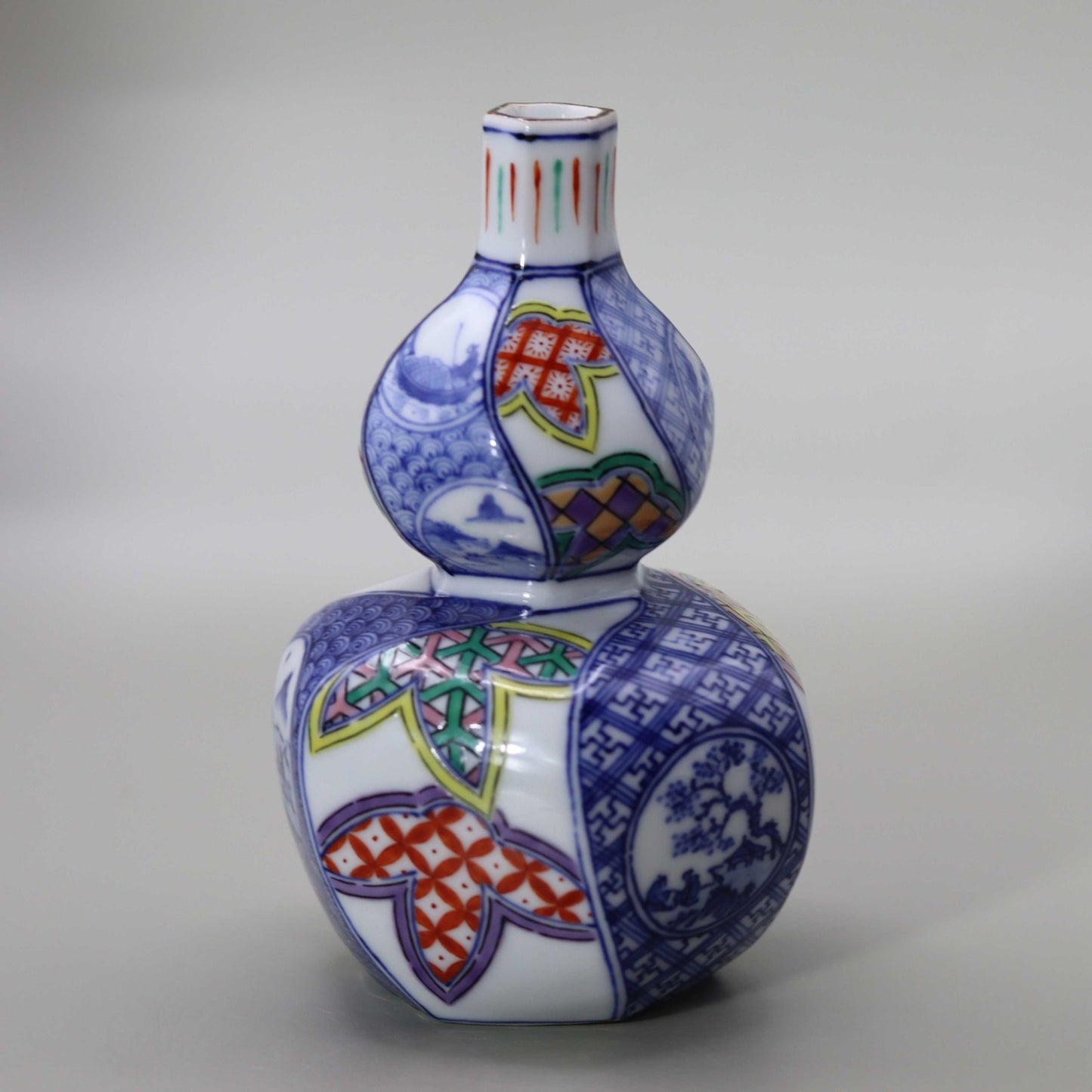
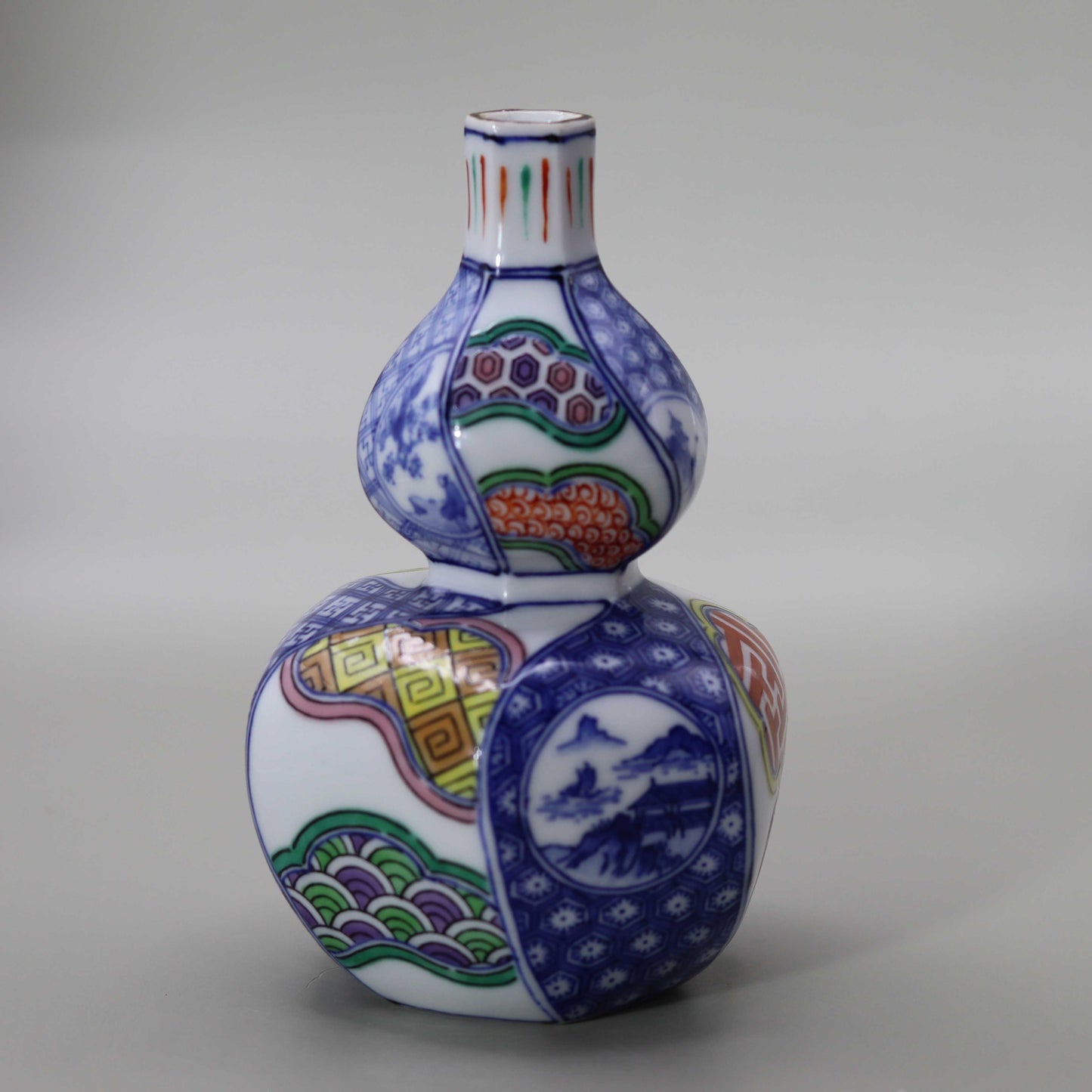
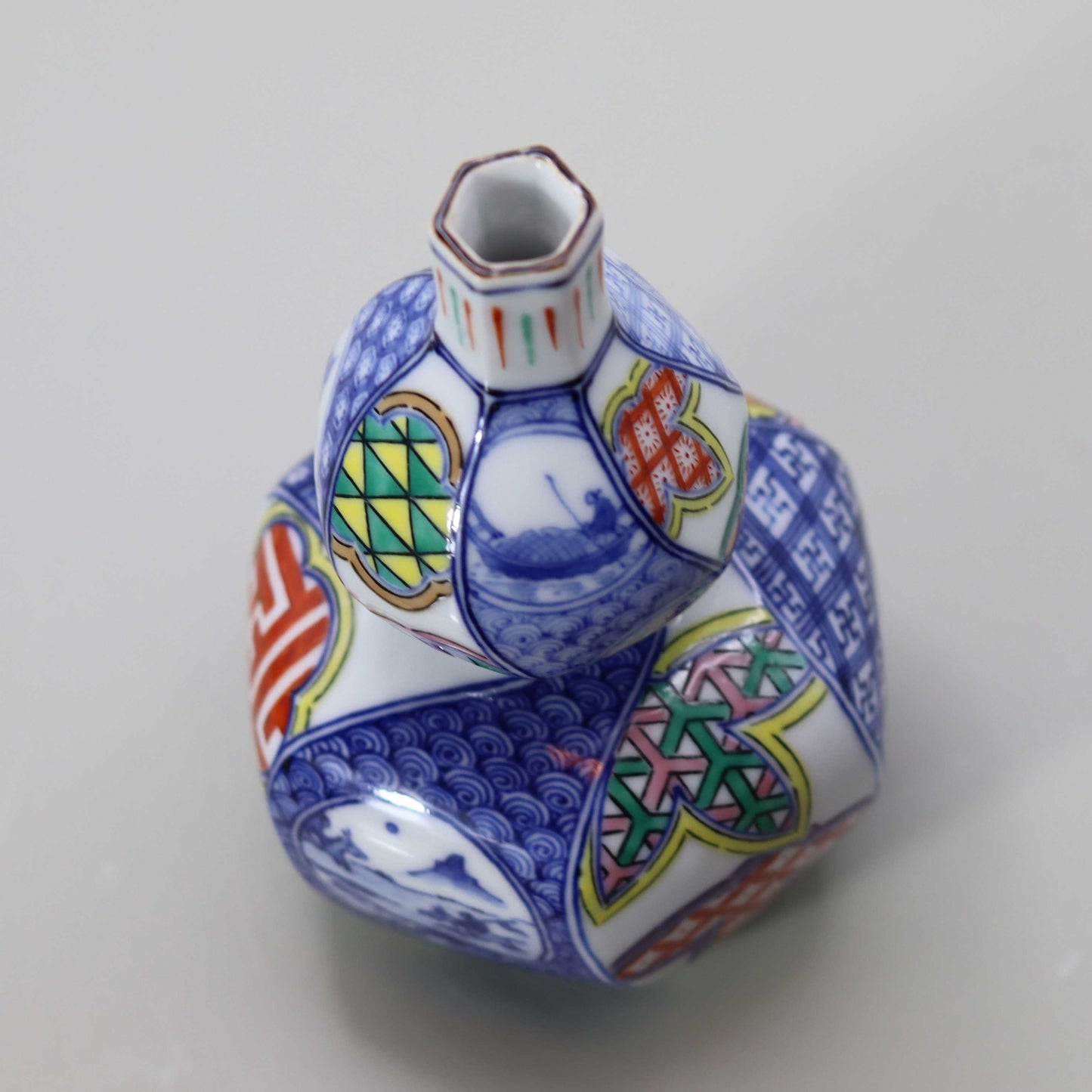
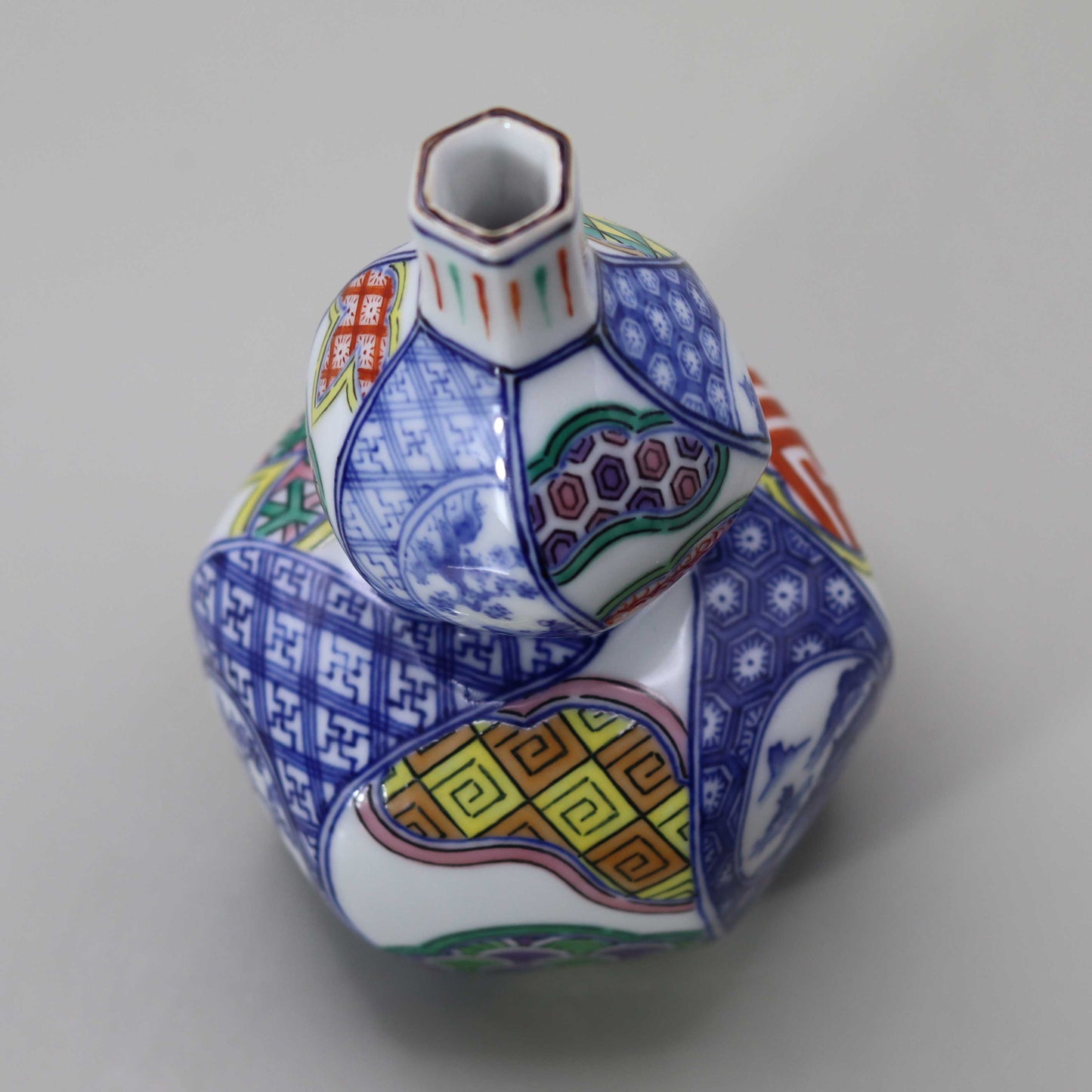

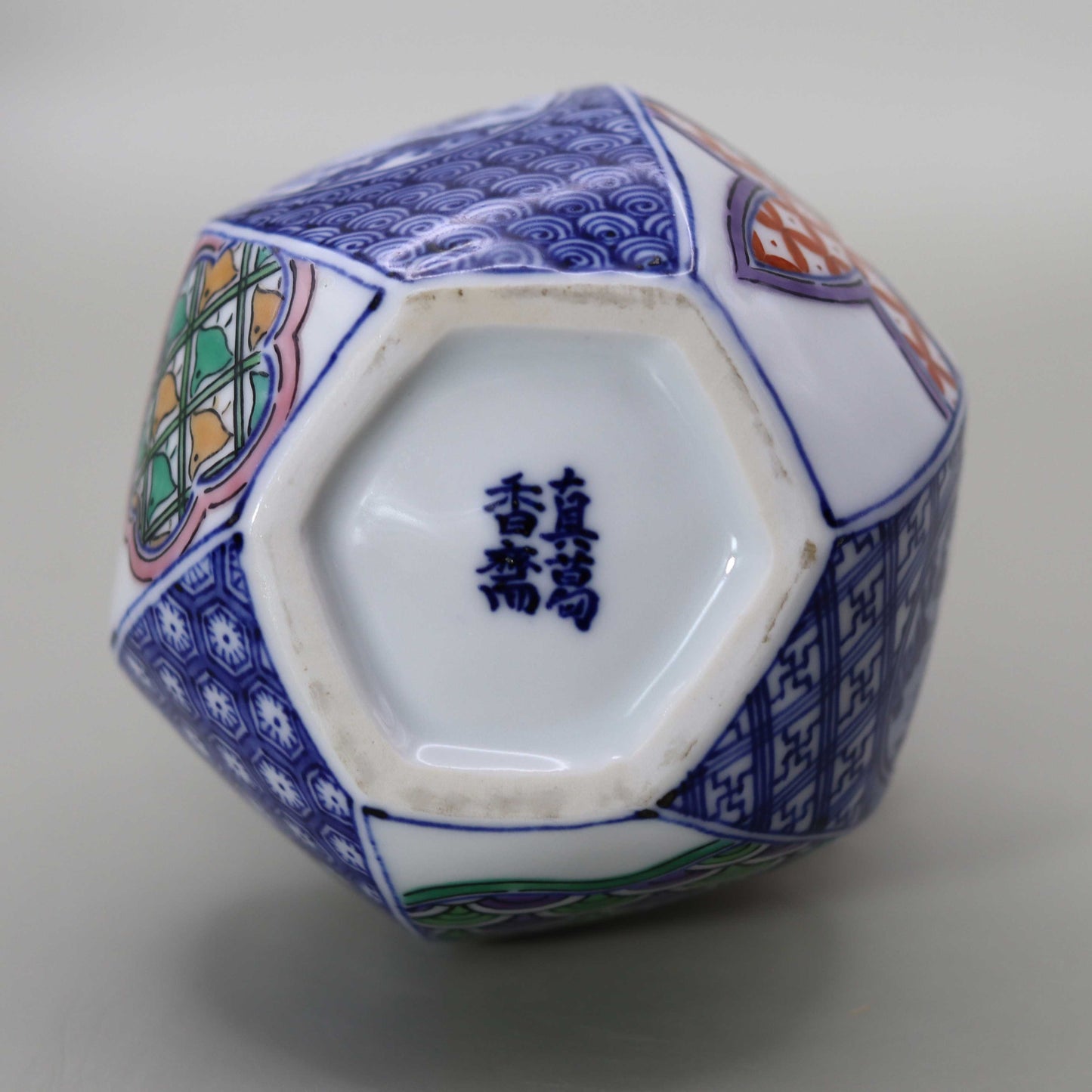
Multi-Column
-
[I will send it to you quickly and carefully]
We carefully package each product in a way that suits it best.
Also, delivery times vary depending on the piece (vessel, etc.).
Items that already come with a box will be shipped within 1-3 days of the order date.
For items that require a box to be made after your order, it will take approximately 30 days for production to be completed and then shipped.
In either case, once we have confirmed your order, we will contact you by email to inform you of the delivery date.
-
[Requests when purchasing pottery]
Even products that look the same may differ slightly in color, shape, size, etc.
The way the glaze is used, the power of the kiln, the firing method, the season, and the humidity also affect the appearance of the pottery.
Please understand the individuality of each piece of pottery and enjoy the unique warmth of handmade.

